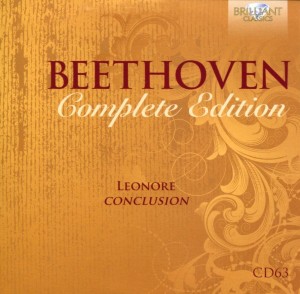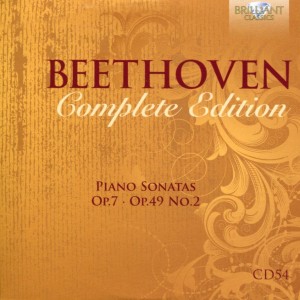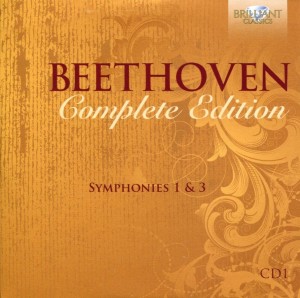 For an opera, this is really quite good.
For an opera, this is really quite good.
And I say that as an unabashed opera basher.
It’s a rare opera that I can truly say I enjoy.
Beethoven’s Leonore is a rare opera.
Composed in 1805 (Beethoven was 35), Leonore (also known as Fidelio) is his only opera.
Leonore features compelling, dynamic music, a believable story, and – on this edition by Brilliant Classics – superb performances from some of the world’s most famous opera stars.
Part of what I like about Leonore is the music. Usually, operas focus less on the music than they do on the performers’ voices. Not this one. The music is genuinely compelling on its own.
Plus, Leonore is not as talky as some opera. The balance between dialogue and music and singing is just about right. And the voices are superb.
Superb, I tell’s ya!
This is one of my favorite operas. Everything about it is top-notch.


